On the evening of 15 October, the National Museum of Egyptian Civilization hosted a remarkable performance by the Compagnia Artemis Danza, an Italian dance company known for its expressive and evocative performances.
The show, Voci di Donne, was a tribute to the four unforgettable female protagonists from the operas of Giacomo Puccini: Tosca, Madam Butterfly, Mimì, and Turandot. This was a celebration of Puccini’s music, and a visual and emotional exploration of the powerful women at the heart of his operatic masterpieces through dancing.
Puccini’s Operas and the Women Who Defined Them
Giacomo Puccini, one of Italy’s most renowned composers from the late Romantic era (1858 -1924), is famous for creating operas that revolve around complex and passionate female characters. His works, which have been a cornerstone of the opera world, delve deep into themes of love, loss, and sacrifice.
In Tosca, the central character is a fiery and devout opera singer whose passion is weaponized against her. She is forced into a harrowing choice between submitting to a corrupt police chief or watching her lover, the painter Cavaradossi, face a firing squad. Her decision, between love and survival, spirals into a devastating political tragedy.
Then there is Madam Butterfly, who presents the heart-wrenching story of Cio-Cio-San, a young Japanese geisha, a professional female Japanese entertainer trained in traditional arts like music, dance, and conversation. Her profound faith and innocence lead her to renounce her family and religion for a marriage with American naval lieutenant Pinkerton, who later abandons her. Cio-Cio-San’s unwavering hope for his return ends in a final act of sacrifice that highlights the destructive force of cultural collision and betrayal.
La Bohème, on the other hand, offers a more intimate, yet equally devastating, portrait of tragedy in the garrets of Paris. The delicate seamstress, Mimì, and her poet lover, Rodolfo, find a fleeting happiness that is slowly extinguished by her terminal illness and the relentless grind of poverty, all set against a vibrant backdrop of bohemian life.
Finally, Turandot presents a princess of mythical cruelty, who challenges her suitors with three impossible riddles, decreeing death for those who fail. Her icy exterior, however, masks a deep-seated trauma and fear of men, which is ultimately melted not by force, but by a mysterious prince’s courageous love and a transformative kiss. It is worth noting that Puccini died before completing Turandot. The final duet and conclusion were posthumously orchestrated based on Puccini’s sketches by composer Franco Alfano, best known today for his operas Cyrano de Bergerac (1936) and Risurrezione (1904).
In Voci di Donne, the company explored the complexity of these characters through dance, highlighting not only their individual stories but also the broader themes of love, loss, and human resilience that Puccini so poignantly portrayed in his operas.
A Dance Interpretation Like No Other
The performance was a masterful fusion of Puccini’s powerful music with the expressive movement of dance, seamlessly blending choreography, lighting, and sets.
Under the direction of Monica Casadei, who also provided the choreography, Voci di Donne brought Puccini’s heroines to life in a way that felt both timeless and contemporary. The dancer’s movements were full of intense emotion. Each gesture and each step was not merely physical but deeply connected to the characters’ emotional states, conveying feelings of passion, grief, hope, and despair.

The set design and lighting, also crafted by Casadei, helped to create a dreamlike atmosphere, where shadow and light intertwined with the dancers’ movements. The space of the National Museum of Egyptian Civilization, with its grandeur and historic resonance, was the perfect backdrop for such an evocative performance, adding a sense of timelessness to the already powerful portrayal of Puccini’s heroines.
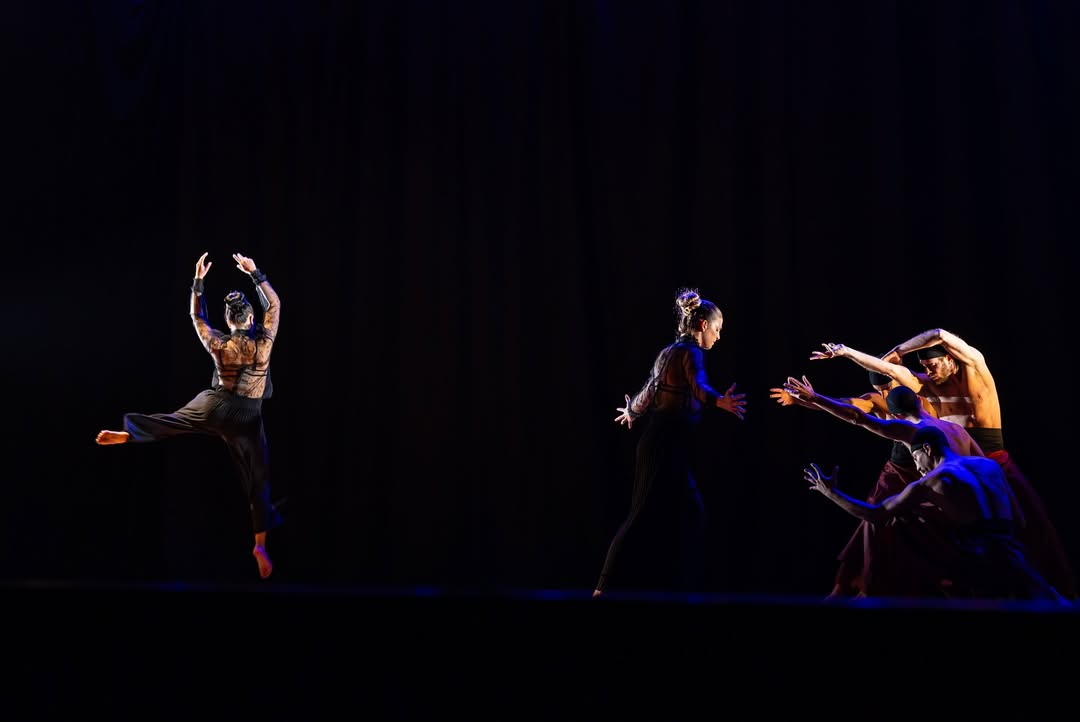
The costumes were intricately designed, both honoring the period in which Puccini’s operas were set and yet adding a layer of abstraction, allowing for the dancers to embody the characters without being confined by historical accuracy.
This freedom was essential for the emotional weight of the performance, as it allowed the dancers to focus purely on the inner turmoil and strength of the characters they portrayed.

While the foundation of the performance was Puccini’s iconic scores, the music was also augmented with original compositions and arrangements by Italian artists, Fabio Fiandrini and Luca Vianini.
These new musical additions created a bridge between Puccini’s operatic world and the modern sensibilities of dance, giving the performance an added layer of complexity. The transitions between Puccini’s famous arias and the original compositions were fluid and compelling, offering a fresh perspective on well-known melodies while still remaining faithful to the emotional core of the operas.
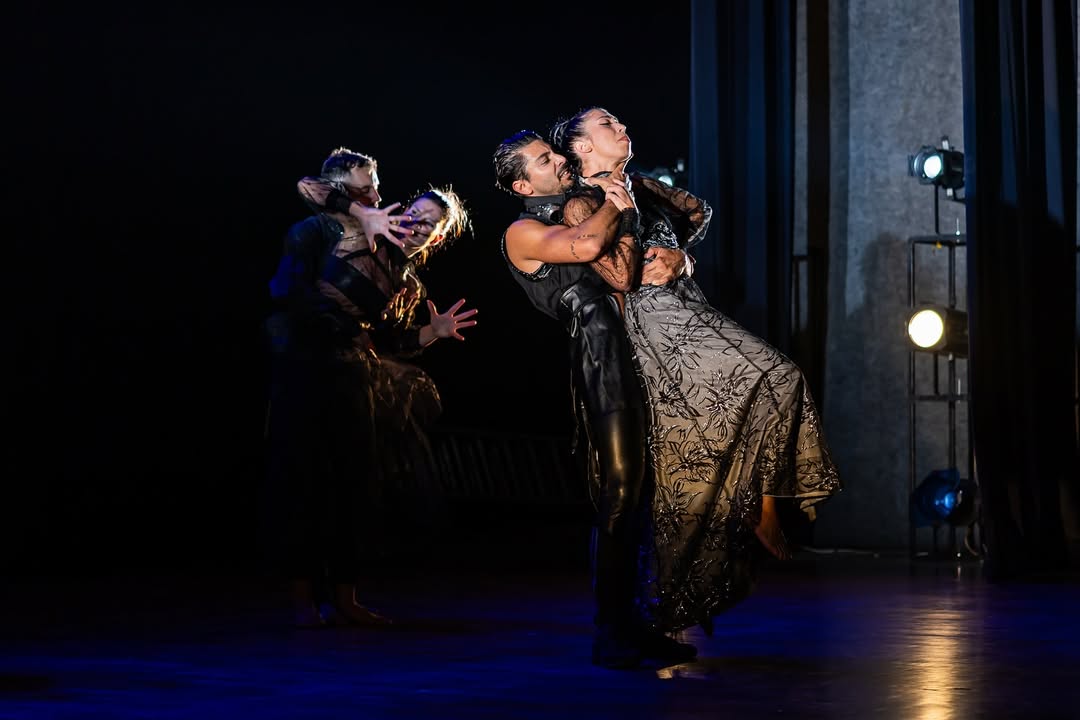
Emotional Impact
What truly set Voci di Donne apart was the visceral emotion conveyed through the dancers’ physicality. It was as if the music itself was flowing through their bodies, amplifying the pain, joy, and sorrow of the characters.
The tragic beauty of Tosca’s final moments, the hopeless longing of Madama Butterfly, Mimì’s delicate vulnerability, and the icy pride of Turandot were all made palpable in the dancers’ expressions and movements. The audience could feel the very essence of these women, their struggles, and their enduring power, making the performance a deeply moving experience.
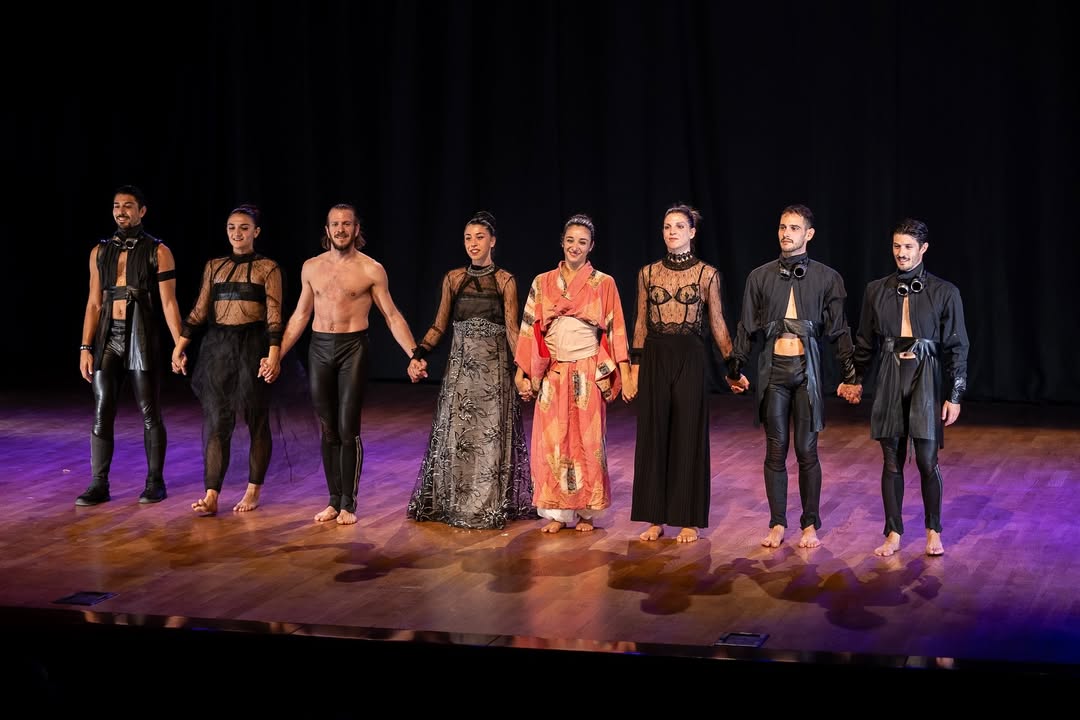
Overall, Voci di Donne was a breathtaking tribute to Puccini’s enduring legacy.
With its innovative choreography, stunning performances, and evocative use of music, it offered a fresh and poignant perspective on the operatic masterpieces that have captivated audiences for generations.
The dance company, led by Monica Casadei, succeeded in not only portraying the emotional depth of Puccini’s heroines but also in making those emotions tangible and felt in every movement. This was a performance that truly spoke to the heart, an experience that was as much about the dancers’ physical expression as it was about the music’s emotional power. For those who had the opportunity to witness it, Voci di Donne was a once-in-a-lifetime performance, a celebration of love, loss, and the indomitable strength of women.
The opinions and ideas expressed in this article are the author’s and do not necessarily reflect the views of Egyptian Streets’ editorial team.
To submit an opinion article, please email [email protected].
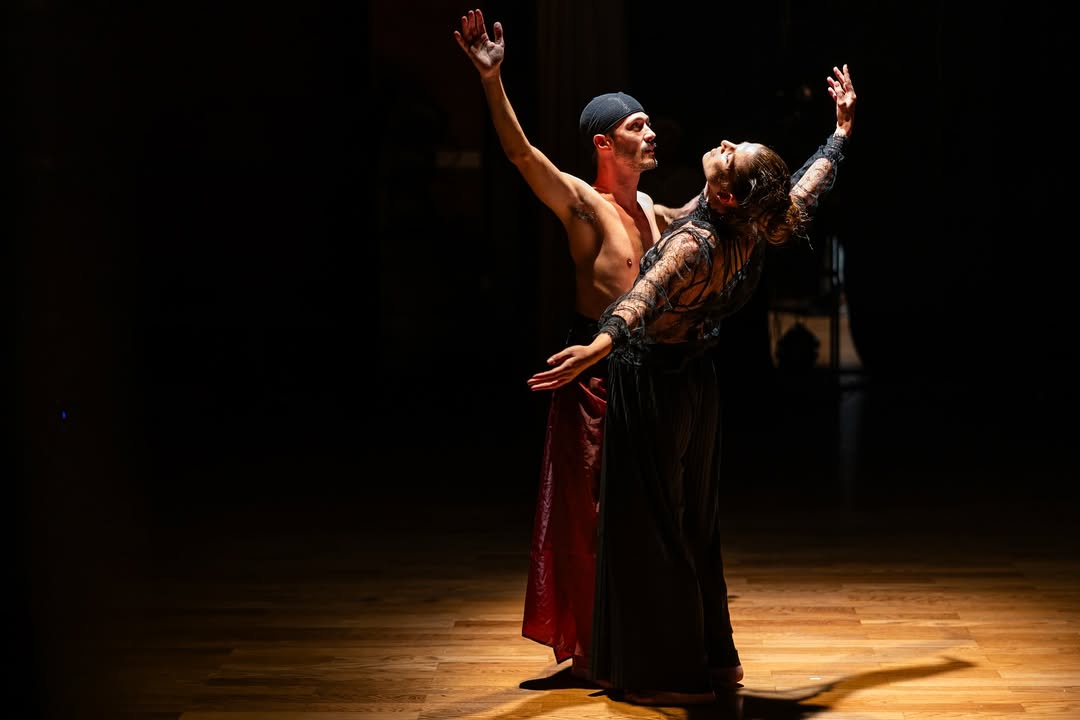




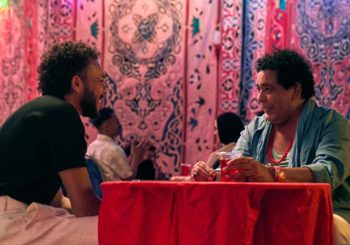

Comments (0)